Advertisement
Recognizing ADHD Symptoms in Children and Adults
Advertisement
Attention deficit hyperactivity disorder (ADHD) is a neurodevelopmental disorder usually diagnosed in childhood, although it can continue into adulthood. According to the American Psychiatric Association, around 5% of children have ADHD. It can be tricky to differentiate ADHD symptoms from typical childhood behaviors, especially in younger children. However, by age seven, most parents of children with ADHD notice symptoms that are hard to overlook.
Daydreaming
Daydreaming is a common sign of the inattentive subtype of ADHD. While it’s normal for kids to let their minds wander occasionally, children with ADHD often seem unaware when their attention drifts. This can lead to missed information in the classroom, as well as frustration for teachers and parents who may feel like the child isn’t listening. Daydreaming can interfere with learning and leave others wondering if the child can hear them.
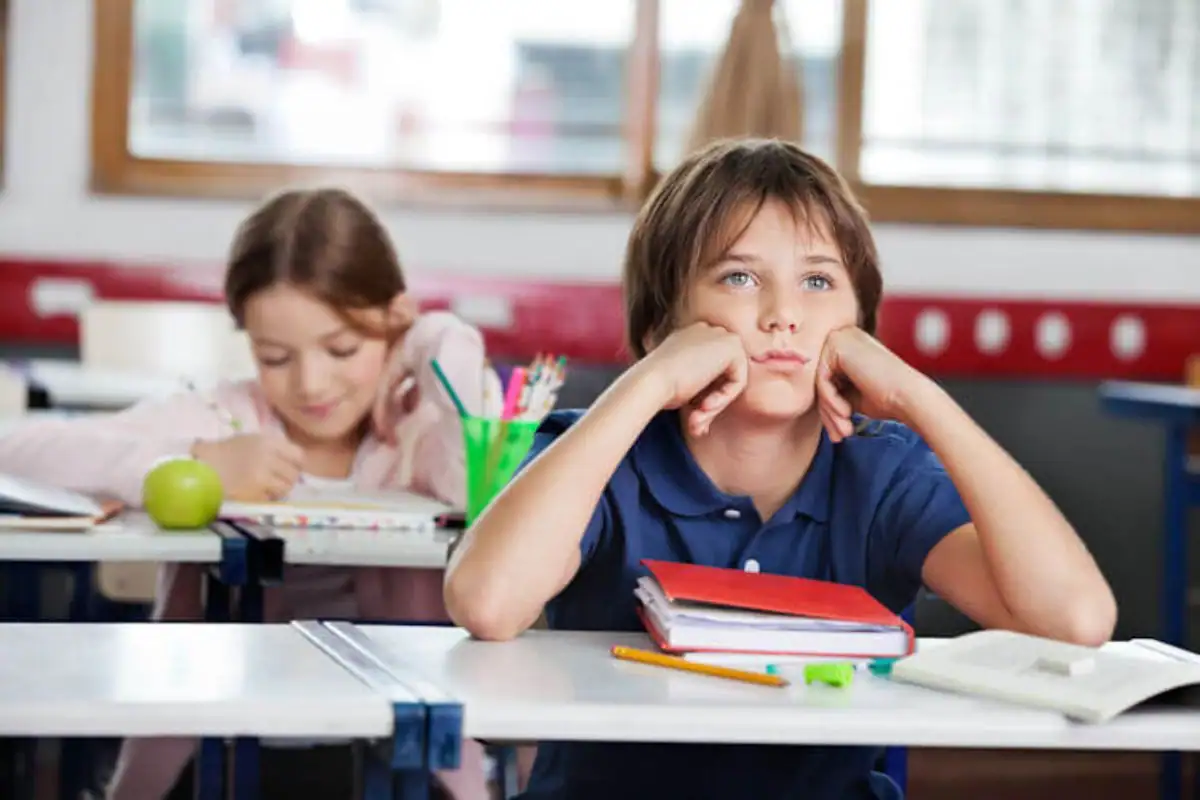
Advertisement
Forgetfulness
Forgetfulness is another common trait of the inattentive subtype of ADHD. While all children forget things occasionally, kids with ADHD often seem especially prone to it. This might look like regularly leaving lunch boxes at school, losing multiple pairs of glasses, or consistently forgetting to bring books home. If forgetfulness becomes excessive, it might be worth looking into.

Advertisement
Trouble Organizing Tasks
A child who frequently needs reminders for simple tasks could be showing signs of ADHD. For instance, they may be told to brush their teeth but end up playing with toys instead. Or, they might start their homework but soon get distracted by TV or video games. While this can seem like avoidance, children with ADHD often genuinely forget what they were supposed to do.

Advertisement
Difficulty Focusing on Details
Children with ADHD may struggle to follow directions, whether for a school assignment or a chore at home. This can look like avoiding tasks altogether or attempting them hastily, resulting in multiple careless mistakes. Because they tend to rush, these kids often miss key details and may seem like they’re not giving the task full attention.

Advertisement
Fidgeting and Squirming
Kids with ADHD often have trouble sitting still, whether at the dinner table or in the classroom. They might fidget, bounce their legs, tap their fingers, or play with objects like pencils. This restlessness is one of the symptoms that tends to stand out when children start school, as it can be disruptive and hard to manage.
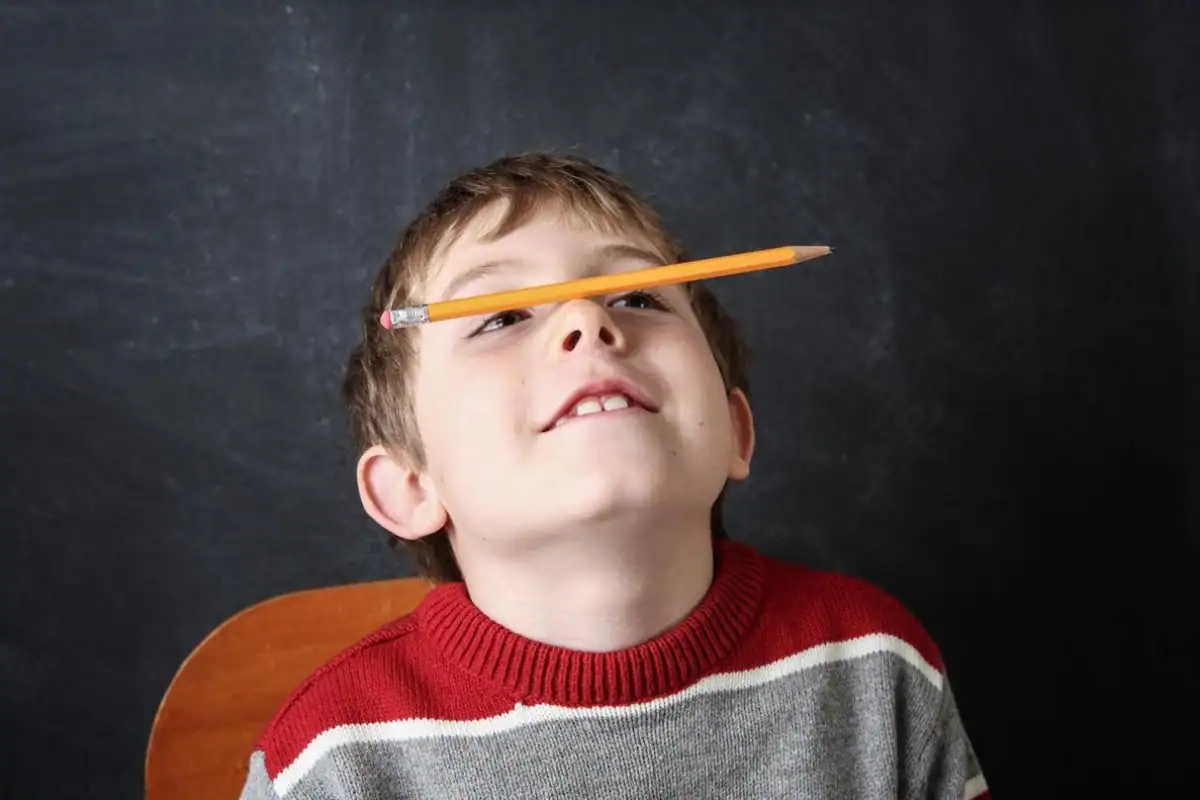
Advertisement
Frequently Leaving Their Seat
Sometimes, sitting in one spot can be too much for a child with ADHD. They might feel the need to get up and move around, even when it’s not allowed, like in a classroom setting. This behavior can distract other students and may come across as disobedient or as if the child is simply being silly.
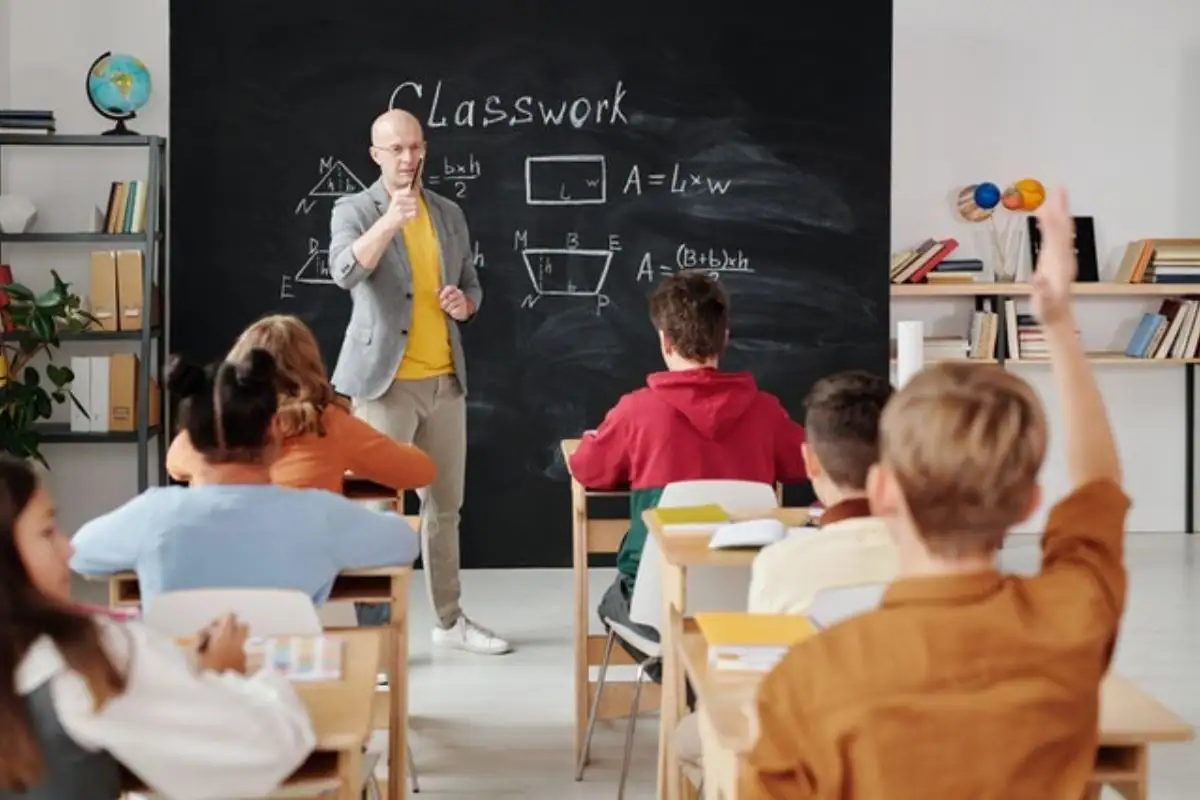
Advertisement
Difficulty Interacting with Others
Children with ADHD often struggle in social settings. Their need to move around, talk frequently, and have difficulty focusing on tasks can make it hard for them to take turns or wait patiently. These behaviors can lead to misunderstandings and sometimes make it challenging for them to get along with their peers.
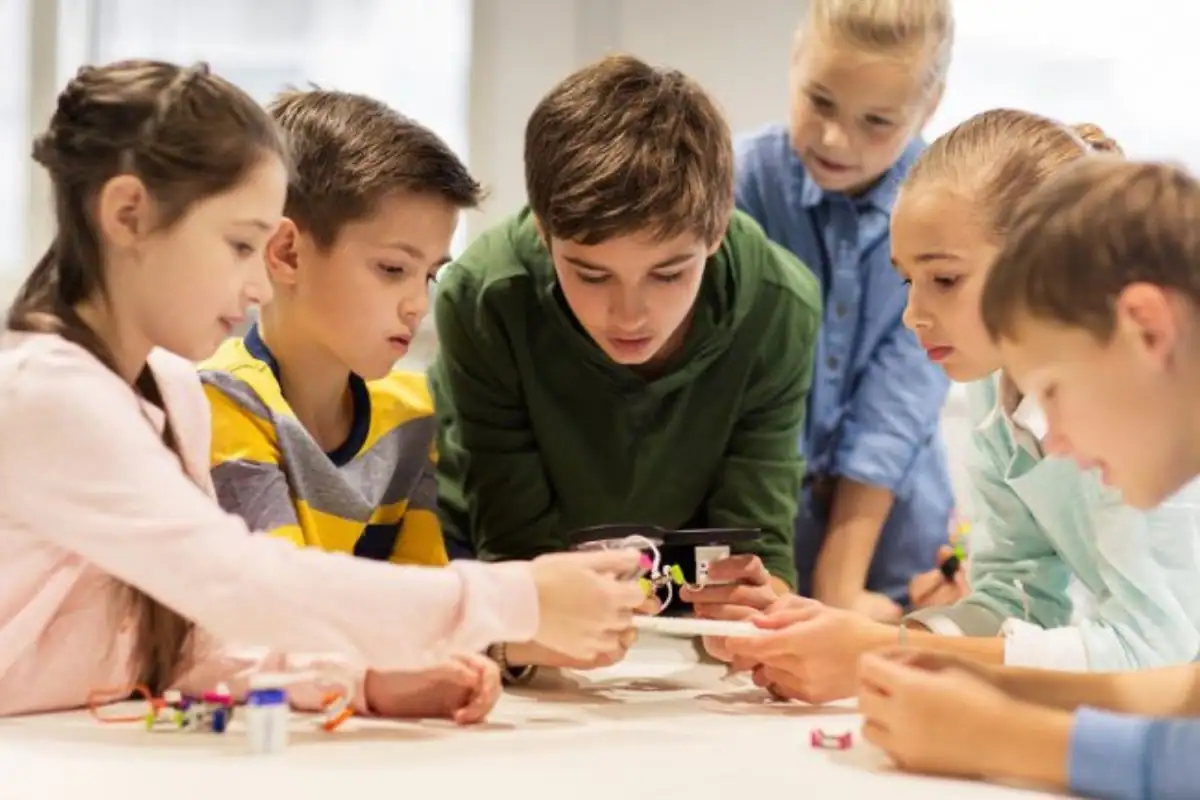
Advertisement
Acting Without Thinking of Consequences
A child with ADHD may act impulsively without considering the consequences. They might run around in places where it’s not allowed or climb on things at inappropriate times, like at a restaurant or during bedtime. Social cues that signal when certain behaviors are unacceptable are often missed, making it harder for the child to recognize boundaries.

Advertisement
Excessive Talking
Excessive talking often reflects a mix of impulsivity and inattention. A child with ADHD might blurt out answers in class instead of waiting their turn or frequently interrupt others. This tendency can be frustrating for teachers, family members, and peers alike, as it disrupts conversations and group settings.
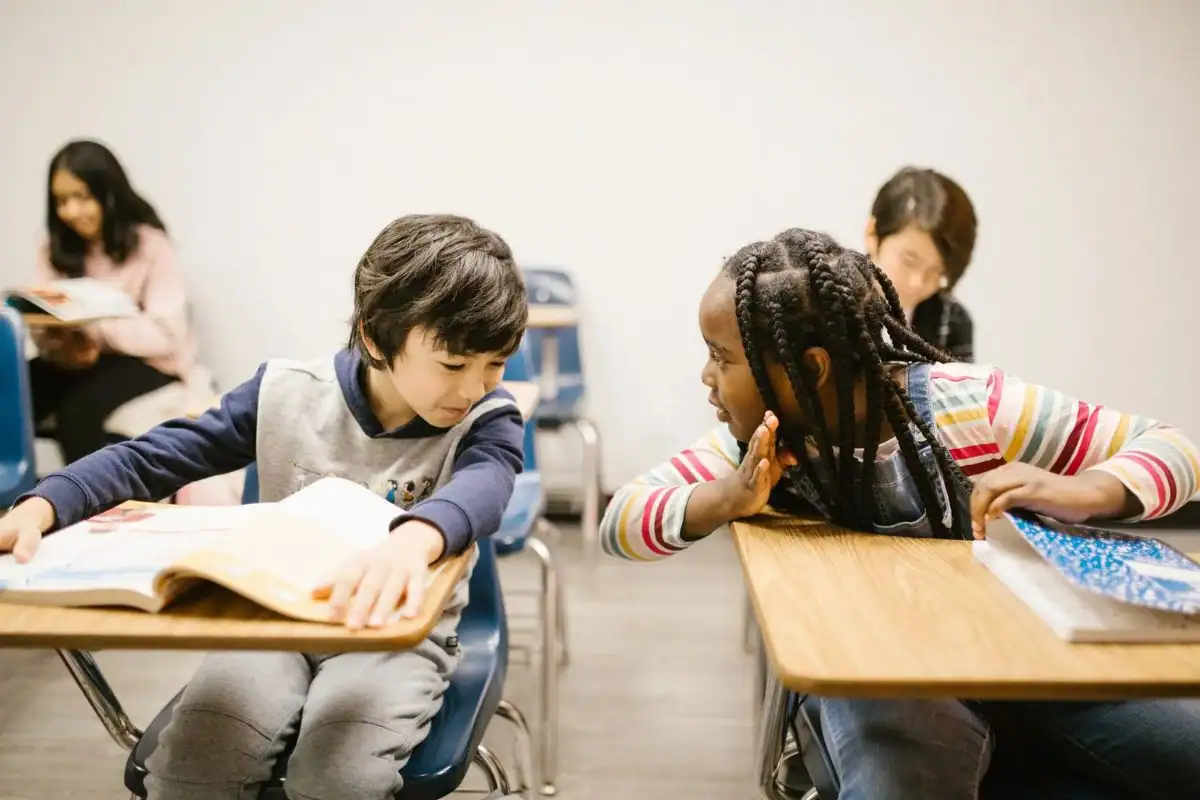
Advertisement
Difficulty Resisting Temptation
While resisting temptation is challenging for most kids, it’s particularly tough for those with ADHD. If something tempting, like a TV show or a new toy, is nearby, they may have an even harder time staying focused on their current task. This lack of impulse control can amplify other ADHD-related behaviors.
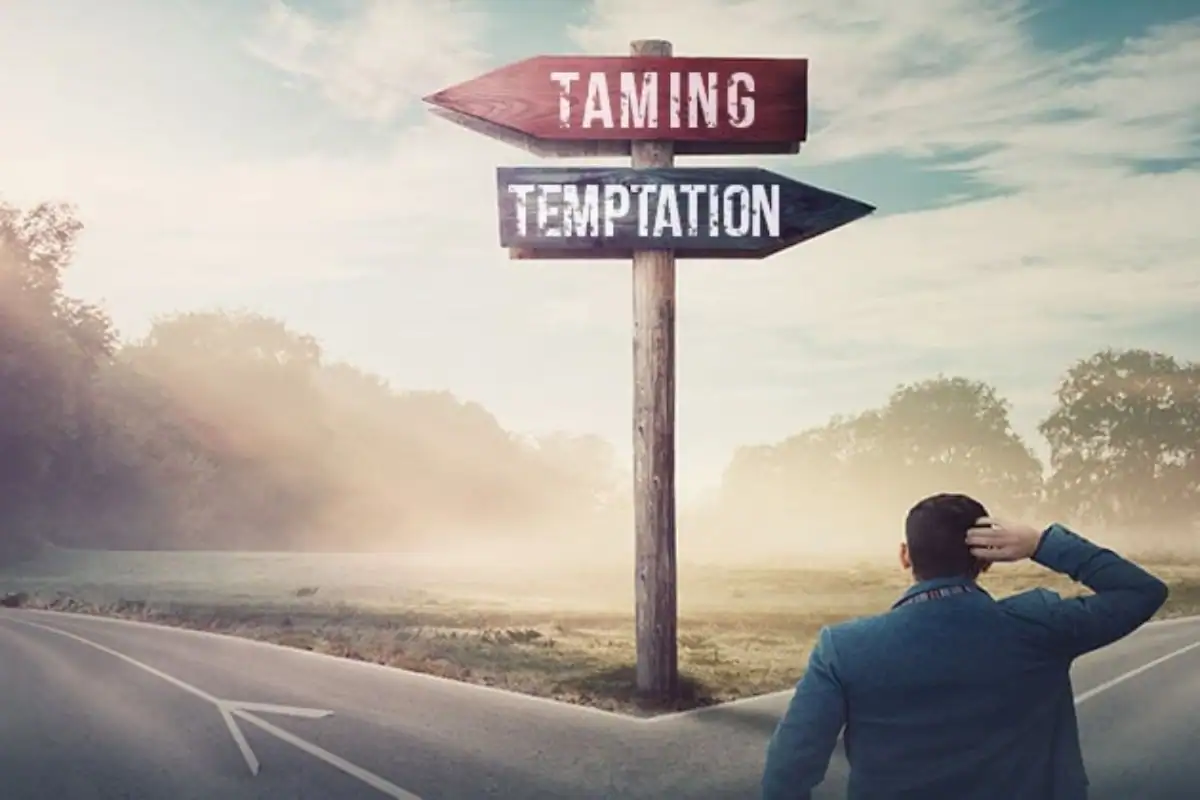
.png)




